A LIFE REMEMBERED
REMEMBERING SYD MEAD
BY GORDON S. GRICE
The first time I met Syd Mead was over the telephone. As ASAI (then ASAP) president, in 1993, it was my job to hunt down three willing professionals for our annual AIP jury. I don’t remember who suggested that we ask Syd to join the jury, but we all recognized it was a long shot – what would be the odds of one the world’s most eminent illustrators flying from LA to Toronto to serve on our humble jury? But it was a shot worth taking, so I made a cold call to his studio in Pasadena. Syd was warm and friendly on the phone. He expressed his appreciation for having been asked and quickly agreed. I was on cloud nine.
Syd was as friendly and generous in person as he was on the telephone, and even though the two other jurors and I were completely starstruck, Syd quickly put us at ease with his unassuming manner. Our AIP jury was successful and memorable.
The next time I met Syd, there was a crowd. The Society had decided to double down on our good fortune and invite Syd back to give a talk at our annual conference, also in Toronto. The problem was, we needed to pay for Syd’s expenses and the rental of the auditorium, and our coffers were a little low. By a stroke of fate, the director’s cut of Blade Runner was released that summer and the Toronto showing had attracted a throng of Syd Mead fans. I plucked up my courage and dispensed with my pride, and worked the movie theater ticket line, passing out printed invitations to the talk, hoping to fill a few extra seats. That autumn, Syd made a triumphant return to Toronto and spoke to a sold-out crowd at the Royal York Hotel—the turnout was astounding. The talk was, of course, brilliant.
I remember meeting Syd again when held our Pasadena conference. He and his partner Roger Servick kindly invited us to his studio in Burbank, which was an architectural gem, and which, Syd enjoyed telling us, was right across the arroyo from “Stately Wayne Manor,” the house that served as the set for Batman’s hideaway in the TV series.
The last time I met Syd was in Toronto again. I was working at the time for Forrec, a theme park design company, and Syd was in town on business. I asked him if he would come to our studio and talk to some of our designers. This being at least two
decades since the release of Blade Runner, a few of the younger designers (astonishingly) weren’t that familiar with the name Syd Mead. But those who knew his work and reputation were excited about meeting him. Syd was a terrific raconteur and his stories regaled all of us. By the time he left, all the designers, young and old, felt as though they had made a new friend.
There is one important thing many of us learned from Syd Mead, and it isn’t about design, illustration or futurism. It is about the importance of a good story, in words and images, and being kind and generous towards everybody, especially those
whose lives we may affect by the work we do. — Gordon S.Grice
(L–R) Frank Costanino, Syd Mead, and Gordon Grice attending the Architecture in Perspective
conference in Pasadena, CA. Photographer unknown.
In every era there are shining lights illuminating the way and providing inspiration for countless colleagues in a given discipline. In our field of inspirational graphics, Syd Mead was a supernova in our time. His magic was unparalleled, and will continue to inspire and amaze far into the future. — Steve Oles, ASAI Cofounder

conference in Pasadena, CA. Photographer unknown.
A LIFE REMEMBERED THE SYD MEAD I KNEW
BY FRANK BARTUS
So much has been written to document the career and accomplishments of Syd Mead. Rather than restate any of this, sharing some of my personal experience working with Syd in the early 1980’s seemed the best way to pay tribute to such a great man.
Upon receiving a brief resume and examples of my work in February of 1980, Syd sent round trip tickets from Minneapolis to John Wayne Airport in Orange County, CA for us to meet. He personally came to greet me and put me up in his condo, which rested atop the bluffs of Capistrano Beach, from which Catalina Island was visible. The weekend visit included us watching “The Miracle on Ice” as Team USA won Olympic Gold by defeating Team USSR.
As soon as I saw Syd’s studio and the work on his board, as well as his books and posters, I began to realize the hugeness of his talent and greatness. I had not known of Syd before that moment!
After learning more about each other, Syd again took the time to drive me back to the airport on a late Sunday night. Along the way he offered to have me work with him. Syd and his business manager were so helpful. They found a condo for me with the caveat that the place must accept a dog, named Poorness.
This did not prove to be easy, but a place was found.
When I arrived, I found that all utilities, including cable and phone service, were set up and running. This was so thoughtful and gracious and just the beginning of Syd’s generosity toward me. I later saw that Syd helped so many people. A lady friend of his had fallen upon hard times in Houston during this time and he moved her to Southern California. Another automotive student from Germany needed help getting into Art Center and Syd took care of all of that.
Syd was in the middle of working on Dangerous Days, which was the working name for Blade Runner. It was amazing to see the illustrations come together. Syd worked from a small bedroom in his condo. One would imagine a glitzy studio with computers, flashing lights and chrome furnishings. Instead he worked in shorts and sandals, having to straddle his old and grumpy dog Ralph, who would growl at Syd if asked to move aside. When looking closely at the renderings for Blade Runner, Tron and other projects, strands of dog hair could be seen embedded in the paint.
A typical workday for Syd would begin at 9:00 AM, and he’d usually work on contracted projects like Blade Runner and Tron till 5:00 PM sharp. One might think that for such important projects he’d spend extra time on them, but he stopped promptly because that was in the contract. Sometimes there were hard deadlines with scheduled UPS pick-ups at that 5:00 PM time.
Typically, around mid afternoon, with a still very unfinished looking rendering on his board, he’d chat, calmly taking a moment for a cigarette and then a sip of a gin & tonic, while I nervously reminded him that the deadline was looming. Never speeding up, and ignoring his watch, he very confidently applied one strategic stroke from his brush after another, pausing often to explain what he was doing. And with just enough time to package his artwork, he would achieve a stunning and remarkable result. With all removed from his board, and after a brief break for dinner, he’d go on to other projects or sketch and draw concepts that came to mind till about 9:00 PM. I never observed him reading, yet he was always on top of the very latest aeronautical and scientific trends which he’d incorporate in his work as a visionary. Whenever he traveled or had free time to draw, he’d come up with new concepts and ideas for his own enjoyment. When clients would come to him in a panic, looking for ideas for some new project with a tight time frame, Syd could just dig up sketches and doodlings from his endless library of concepts and quickly adapt them to the project. To the clients’ amazement Syd had immediate and well-developed solutions to present.
Amongst his many other projects were architectural renderings for firms such as HKS, Houston (Harwood K. Smith and Partners). My role with Syd was to assist with this area of his work. Syd used Winsor Newton brushes and designer’s gouache. He would often reference high quality advertising photos of perhaps a wine bottle on a granite surface with beautiful lighting to extract colors to be used on a dusk scene rendering of dramatic high-rise office towers. For his perspectives he used the orthographic projection method as a base for his layouts but often took very calculated liberties to enhance the feel of the structures.
Syd related that, as a student, when classmates would go off and take breaks, he’d stay at his board and practice drawing elliptical circles at various degrees. And not just as seen on templates but in true perspective! He explained to me that when you draw ellipses you need to feel the centrifugal force. You can see this effect in many of his illustrations.
Before proceeding to his final renderings, Syd would often do a “study rendering.” One that comes to mind was an ornate dining hall of a Saudi Arabian palace. The study rendering, done in an afternoon, could bring tears to your eyes. I asked him why he felt he needed to do a finished rendering because the study looked so exquisite. I got my answer when I saw the final art, which was just that much more dazzling and amazing. The study allowed Syd to analyze values and colors so that the final was perfection.
When Syd did a painting, he worked to cover the entire surface of the board within an hour or two. All areas were treated with the same degree of importance until layer upon layer of paint began to illuminate the focal point. One can see in most of his renderings remnants of the first rough layers of paint.
Syd was very patient with me because I had not been exposed to his methods of rendering. He took the time to carefully explain what he did and never criticized what I had done (though he surely could have). And once my work was presented to him, he would, in a matter of minutes, place his final touches that seemingly magically transformed the painting to his liking! It was amazing.
When I became homesick and wanted to return to the Midwest, Syd wanted to give me a nice bonus— for no other reason than his kindness. I told him that since it was me leaving, I could not accept it.
Later I found that he had somehow “smuggled” the bonus into my packed belongings!
The one thing I taught Syd? Not much, it’s very basic but I showed him how I would register a layout; a “trace down” on a board by placing holes through both the layout and the board, so that it could easily be placed back over the board. He called these “Bartus holes” and teasingly reminded me of this when we would talk over the years.
Syd always insisted to me that he was not an artist but a designer who could illustrate his ideas. We all know better than that because he was a master of both.
Syd mentioned Roger Servick to me often. Roger, my condolences to you. — Frank Bartus

